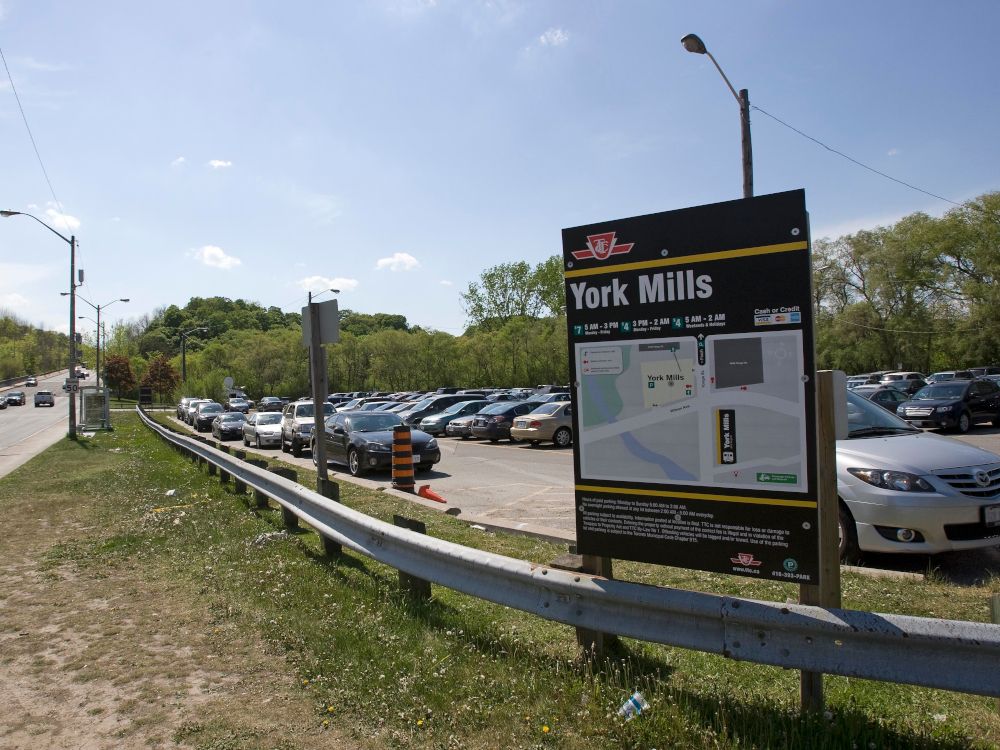National Post: Adam Zivo: Toronto goes to war with the province to keep housing prices high.
Toronto’s city planners appear to be undermining the province, preferring to protect rich homeowners at the expense of new buyers

nationalpost.com
It's interesting to compare Calgary vs Toronto's planning strategies. As far as I can tell Calgary is actually much more progressive than Toronto in this regard. I mean virtually the entire inner city is very accommodating to missing middle and medium density development. Whereas it seems to me like Toronto is either single detached or massive towers. I haven't spent much time there so correct me if I'm wrong.
But it will be interested to see which is the nicer city 30-50 years from now given the different planning approaches. We may have been late to the game, but I think we might give Toronto/Vancouver a run for their money someday.
A part of the picture that's missing is the older parts of Toronto, many of which are now effectively locked away from significant growth, are wildly dense for Calgary standards, even while remaining largely exclusively detached / duplex areas.
Here's a one of the locations, about 5km straight line from the financial district.
A bit closer in - almost exclusively detached or duplex. But also few parks, small school sites, zero parking or strip malls.
On street level right by the point. Note the narrow road, small lawns and minimal separation between houses:
Finally, look at the density via census mapper, that street packs it at an impressive 100 -150 people / hectare. And it's not just that street it's nearly every street, in every direction for kilometres:
Now let's look at one of Calgary's most successful redevelopment area, Marda Loop and Altadore. Not quite as far from the core at about 4km:
A closer look. Almost every house has been redeveloped + some multi-family units, more than were visible in Toronto. The scales aren't quite the same by the proportion of roads, open space and the size of schools are much larger:
Streetview is way different. Almost all redeveloped - which is great and at a higher density than before - but look at the size of the lawns, road and setbacks between houses. Huge differences from Toronto's historic "suburbs":
Finally, let's check the density. No comparison. Even in booming hyper-redeveloped Marda Loop, the area only hits the density of the average historic Toronto single-family/duplex neighbourhoods (the ones with negligible new development) for a block or two on the main strip. Marda Loop is staged to densify significantly, but that's largely driven by the new apartment developments along the main corridor. The street we are looking at is 30 - 50 people / hectare , less than a third as dense as the Toronto example.
Also note, the first time heading towards the core we start seeing historic Toronto single-family/duplex neighbourhoods density (e.g. 100-150 people per hectare) is Bankview, Lower Mount Royal and the Beltline. Think about that for a second - many of the blocks in the Beltline have less density that this random street with only houses in Toronto!
So much of the Calgary map has zero or minimal population even in our most popular areas due to huge parks, escarpments, and road setbacks. The Toronto map is dark purple for kilometres in every direction with few gaps.
I picked these two streets randomly, with not much thought beyond distance to the core. It's not a perfect comparison - but illustrates a huge difference that much of inner Toronto experiences that Calgary doesn't - ground-oriented density at extremely high levels, while having very minimal redevelopment. The difference is of course, developing our city in the age of suburbs and cars, vs Toronto developing a half-century earlier.
Calgary's huge strides in the low/midrise areas to add density of 4- 6 storey apartments, infills, townhouses etc. has been really good - but the enormous hulk of ground-oriented density at extremely high levels in Toronto is very hard to replicate, even if we compensate with 6 storey infills all over. Unless we throw away all setback, park, school and road width standards, it's unlikely we will ever approach Toronto's density in their limited redevelopment areas.
Will be very interesting to see what happens in 30-50 years to both these neighbourhoods and development in both cities. My guess - not necessarily ideal - is that Calgary is heading to a similar route as Toronto, but at a different urban scale - sure we are allowing redevelopment in more areas, but that only will get us closer to Toronto's base density they have allowed for a century despite limited infill today. Our "base" density, such as the nearly brand-new Marda Loop infills, is so low the Toronto patterns of high/low density will repeat itself, relatively speaking. Calgary will have areas and corridors of reasonably high density and areas essentially not redevelopable, filled with relatively low density single family/duplex style development.
What I'd like to see Calgary do in the next 30 - 50 years?
- Keep doing what we are doing - more 6 storey walkups, more infill, more urban locations everywhere. Convert as many inner city corridors to high streets as possible with good base density. Need way more urban corridors and nodes of different scales in more locations (such as recent North Hill examples).
- Push the redevelopment density into the neighbourhoods themselves as much as possible. Doesn't have to be all towers or apartments - literally do what it takes to replicate the Toronto example from 100 years ago. Some of our new townhome developments are getting closer.
- Aggressive reduction of all parking, setback, park and road-right-of-way requirements that lock Calgary into a suburban-style of urban typology even when we redevelop.
EDIT: I thought about it more and added to above.






